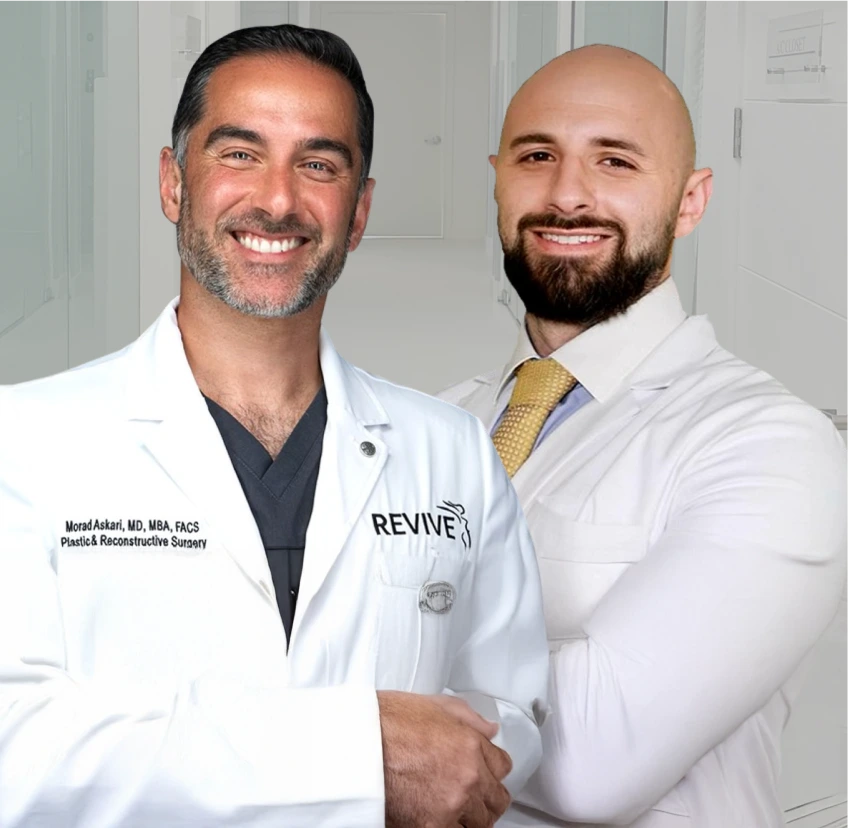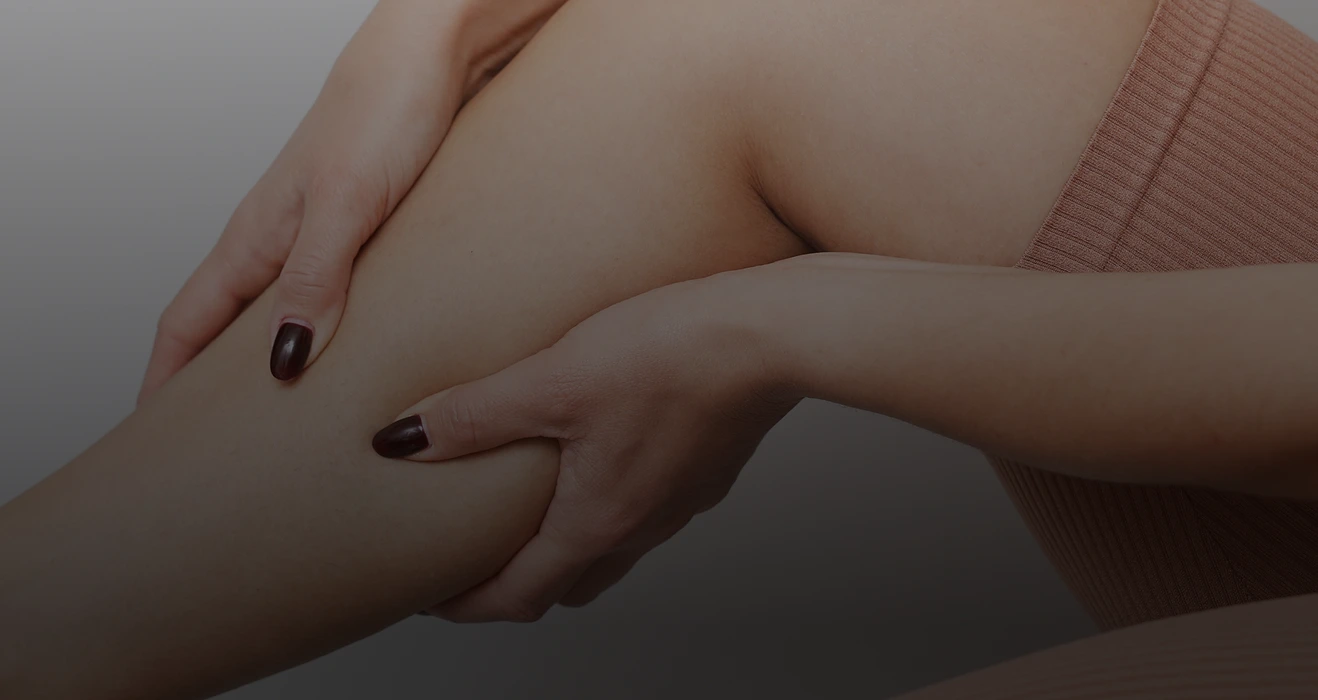
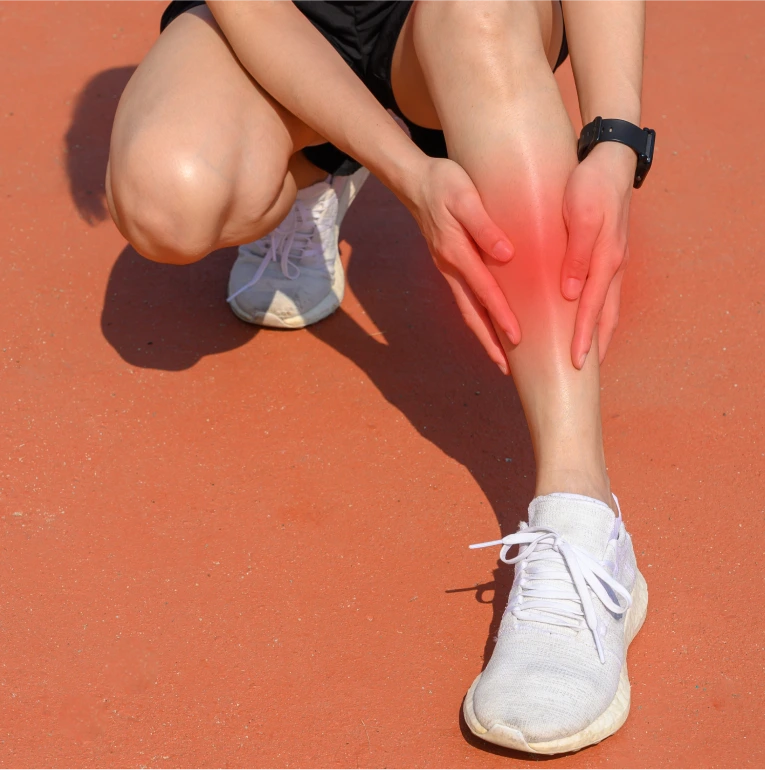
Shin splints, medically known as medial tibial stress syndrome, are a common condition that causes pain along the inner edge of the tibia, the large bone in the lower leg. This discomfort typically arises from repetitive stress on the tibia and the surrounding muscles, tendons, and connective tissue. Activities such as running, jumping, or sudden changes in exercise intensity can overload these structures, leading to inflammation, tenderness, and aching along the shin.
During your consultation, we will evaluate your health history to understand your overall health, activity level, and any previous injuries. A detailed physical examination will help assess pain, tenderness, and movement limitations along the shin bone. We may perform a biomechanical evaluation to observe how your legs, feet, and joints move during activity, which can help identify the root cause of your discomfort.
In some cases, X-rays or other imaging tests may be recommended to rule out a stress fracture or other underlying conditions. This comprehensive approach ensures a precise diagnosis and a treatment plan tailored to your needs.
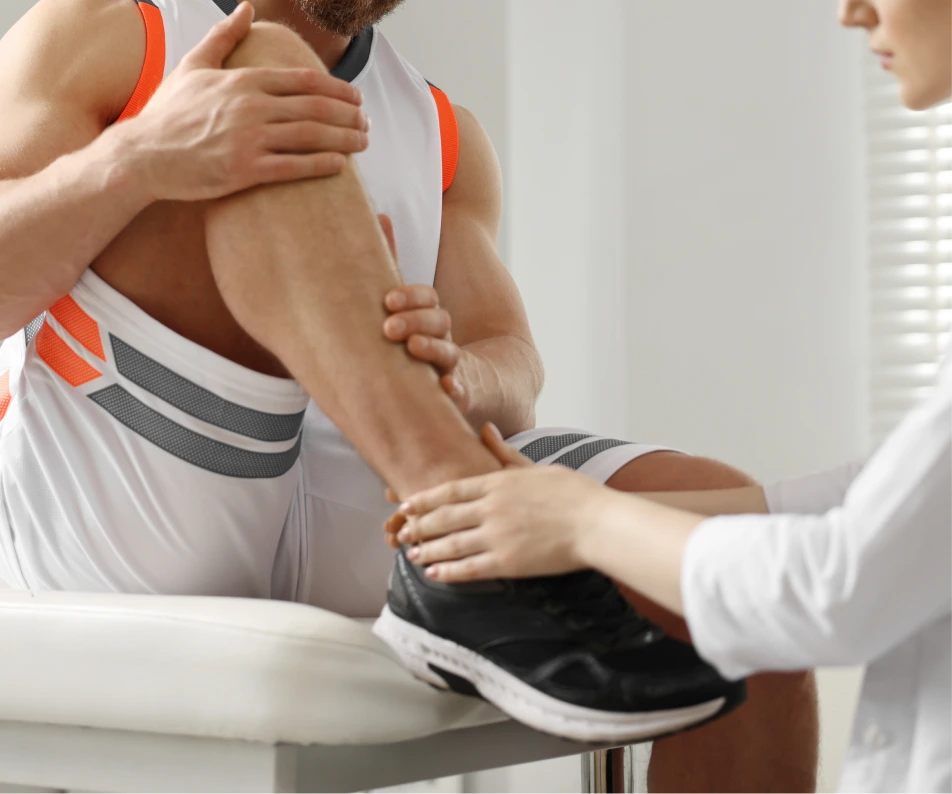
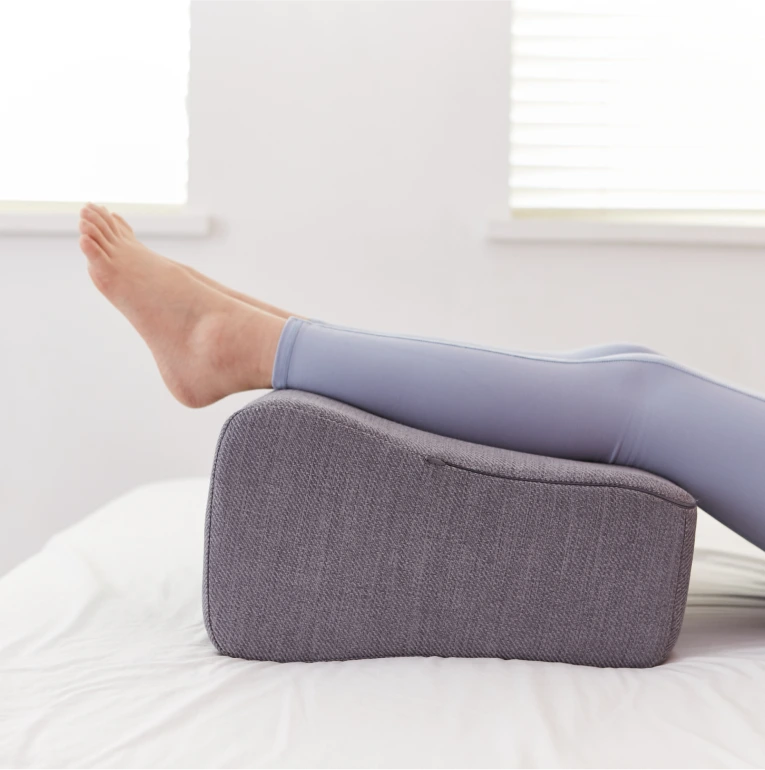

The cost of shin splint treatment in Miami ranges from $150 to $600 per session, depending on the type of therapy and the complexity of the condition. Factors such as imaging tests, custom orthotics, or additional treatments may influence the overall price. We offer personalized plans to address individual needs, helping patients manage costs effectively.
